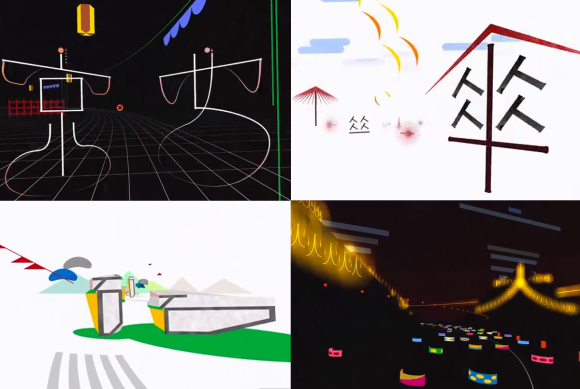
We recently brought to you a collection of GIFs inspired by the thrilling city of Tokyo, designed by artists from around the globe. Now it’s Kyōto’s turn! A company called COG has created a highly stylized, four-minute animated film by dynamically fusing the original imperial city with kanji characters, and some scenes are now available as GIFs.
So get ready to hop aboard the city’s famous electric trolley and zoom though quintessential Kyōto sights like the Sagano Bamboo Forest and Daimonji bonfire. Along with two other GIFs making waves online, you’ll find yourself immersed in Japanese motifs that are anything but quotidian, and if you’re learning the language, see if you can name all 18 of the kanji characters used!
The video at the end of this article comes from an unexpected source: it’s the brainchild of COG, a company that specializes in exercise! Their gyms combine stationary bikes with stage lighting and animation, so it’s no wonder that the short film was designed to feel like an exhilarating ride through Kyōto.
And as you can see from the snippet above, the video isn’t named “Kanji City – Kyōto” for nothing. In the first 50 seconds alone, you pass ephemeral trees (木) of plum (梅), willow (柳), and cherry blossoms (桜) before proceed along a refreshing river (川).
▼ Every spring, Kyōto’s last surviving street car carries visitors from the heart of the city through a well-known “tunnel” of cherry blossoms. At night, the blooms are lit up for an ethereal experience!
The hallmark of Kyōto depicted next is its centuries-old artisanal establishments. Here, the many shop curtains you pass through are fashioned out of the kanji character for “cloth” (布).
The city used to be home to numerous umbrella (傘) craftsmen who specialized in the traditional Kyōto style called kyōwagasa. Let’s bring them back this summer as a dainty way to keep out the sizzling Kyōto sun!
Now, if you’re tired from walking through the gates (門) of the city’s 400-plus Shintō shrines in broad daylight…
…then cool off in western Kyōto’s Sagano Bamboo (竹) Forest, where shade is provided by gently swaying greenery.
▼ A popular bicycling path, lined by the towering grasses of Sagano District.
Equally towering are the gojyū-no-tō, or five-storied Buddhist pagodas, cleverly represented by five temples (寺) stacked on top of each other.
▼Tō-ji’s five-storied pagoda, one of the four in the city. Construction began in the year 826 and at 54.8 meters, it is the tallest wooden pagoda in Japan. This temple’s gojyū-no-tō has been destroyed by fire a whopping four times, so the structure you can visit now is the one that was built in 1644!
One of my favorite parts of the video starts around 2:03, where you speed by elegant women of Kyōto (京女) in fluttering kimono sleeves. The segment immediately reminded me of a pivotal scene from the anime series Uchōten Kazoku (The Eccentric Family, available on Crunchyroll). In it, an enchanted “train” goes for a wild nighttime ride through a dazzling city inhabited by shape-shifting tanuki (raccoon dogs) and flying tengu, as well as humans. An award-winning yet underrated Ghibli-esque tale set in modern-day Kyōto, this series is highly recommended; if the frog character doesn’t make you cry, I don’t know what will!
Another beautiful section portrays the Buddhist Gozan-no-Okuribi Festival held on August 16th, which translates into “sending-off fires of the five mountains”. Marking the conclusion of the O-Bon Festival (similar to Mexico’s Day of the Dead), six giant bonfires that depict five symbols are lit on the mountainsides, in order to send off your ancestors’ visiting spirits as they return to their world.
▼ Views of the actual Daimonji.
▼ A close-up of the giant bonfire’s separate units!
▼ One more sublime event included in the film is the tōrō-nagashi, in which paper lanterns are floated down the Katsura River so that spirits can ride them back to the Pure Land. In the distance, the bonfire in the shape of a Shintō shrine gate can be seen.
At the end of the video below, the city’s final transformation is made visible as you take to the skies like a mighty tengu. You can probably guess what that kanji is, but be sure to watch the credits if you want to check all of your answers!
While we’re on the topic of cool Japanese GIFs, did you notice the video’s use of the motif below? This pattern called seigaiha (literally “blue ocean wave”) is often seen on rice paper or origami paper, but it actually became popular in the late 1600s and one of its original uses was for the costumes of bugaku dancers.
▼ An example of the traditional dyeing technique, also called seigaiha:
The talented netizen reinvigorated another pattern called asa-no-ha, or hemp leaf (maybe now people can finally stop asking, “Hey, is that a pot leaf?” whenever a Japanese maple appears in anime!). These commonplace designs become anything but with the use of simple technology; can somebody out there tackle the kikkō tortoiseshell or cloisonné-derived shippō patterns next?
Sources: Japaaan 1, 2, COG, The Kyoto Project, Wikipedia 1, 2, 3, 4, Kyoto Hotel Search, Gozan-Okuribi, Arashiyama Tōrōnagashi, Yoko Ungen
Images: YouTube, Wikipedia, 223 World, Kyoto Tabiya, Abisu, Gozan-Okuribi, Kyoto Burabura, Yahoo! Japan Blog, Rakuten Ichiba
Video: YouTube
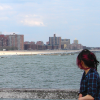
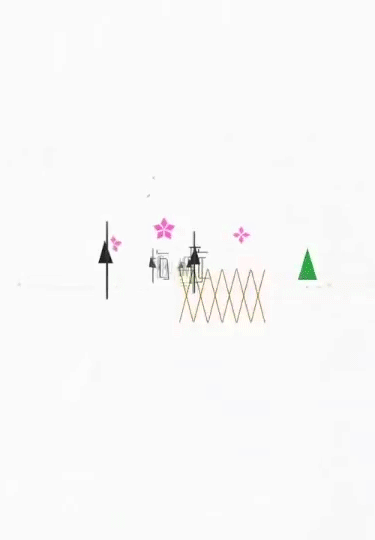
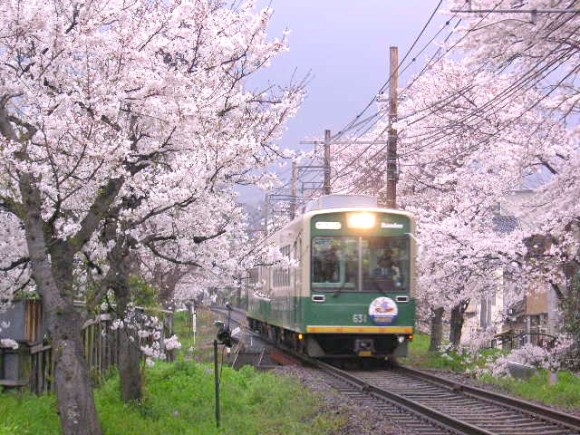
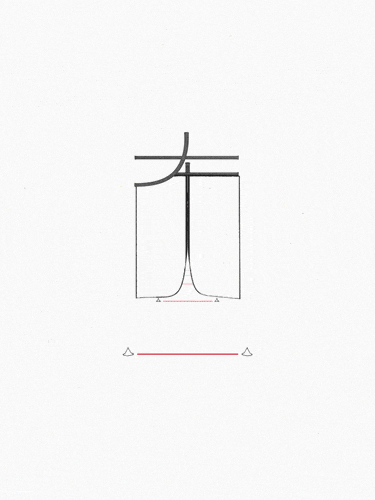
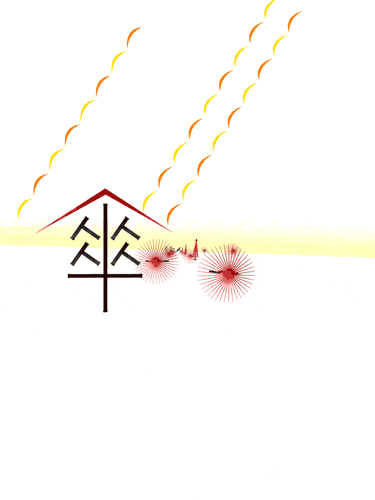
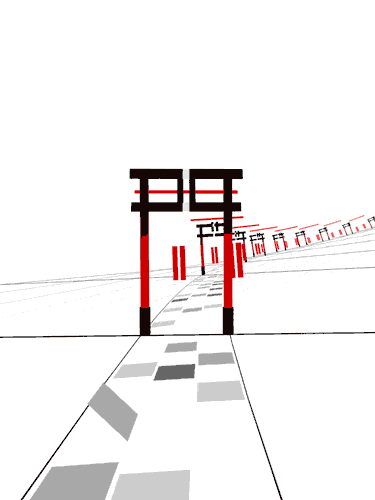
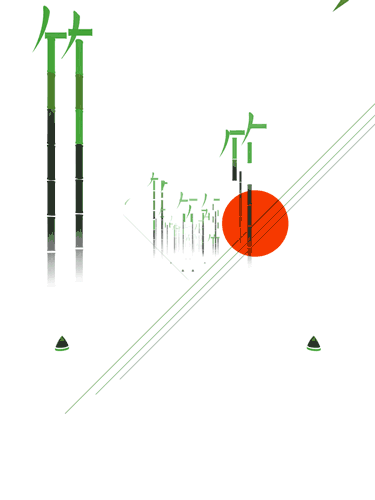
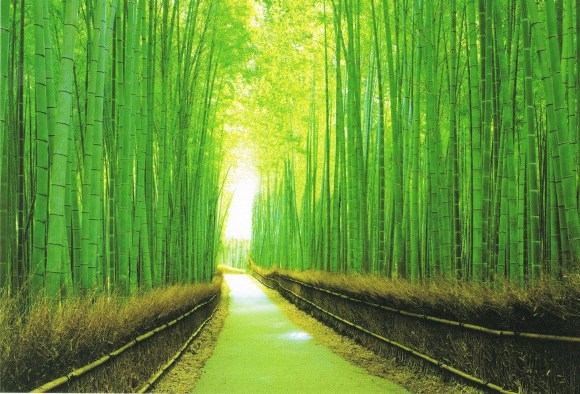
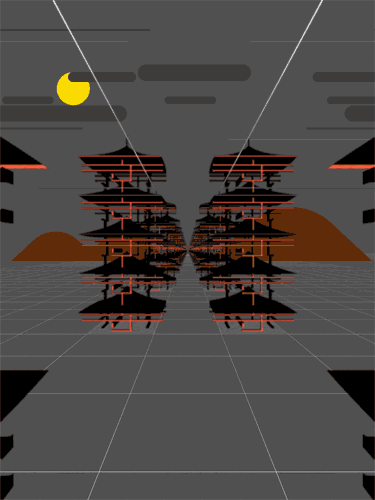
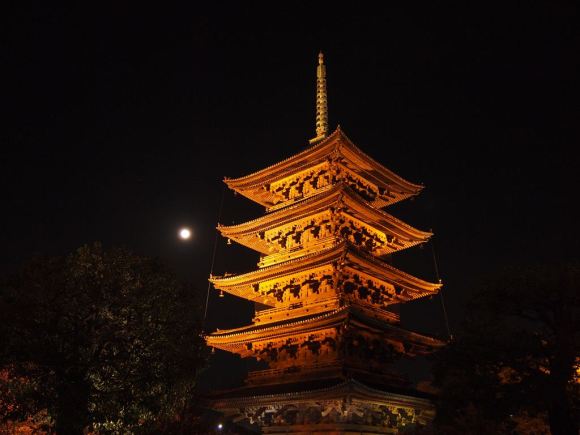
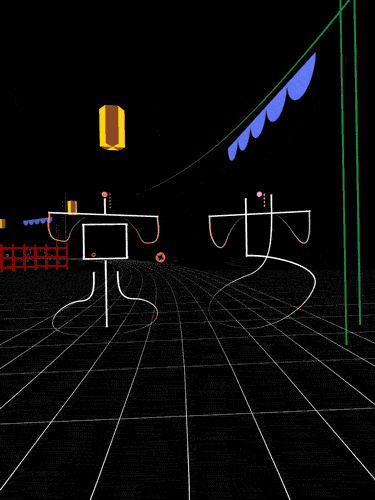
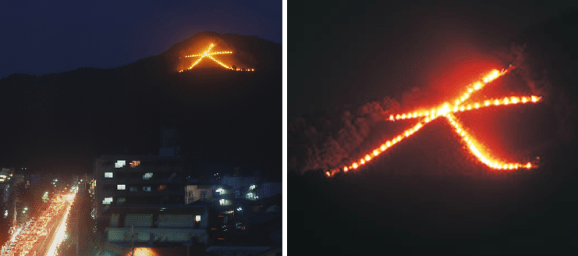
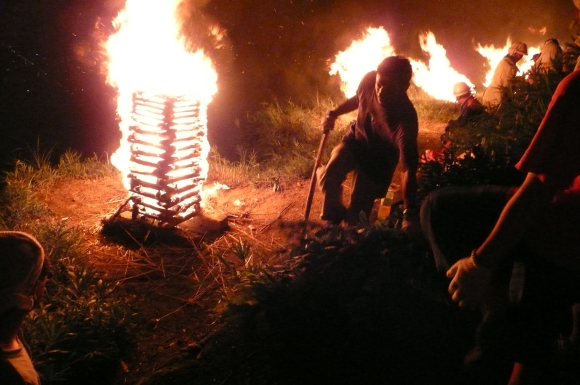
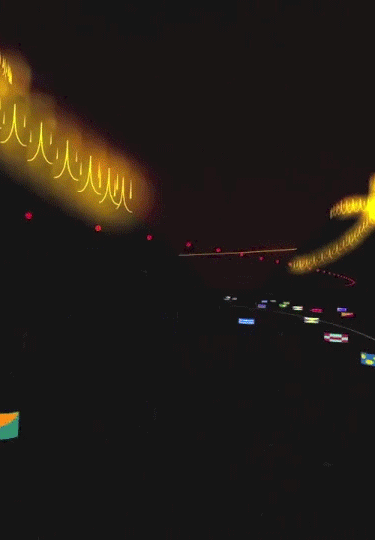
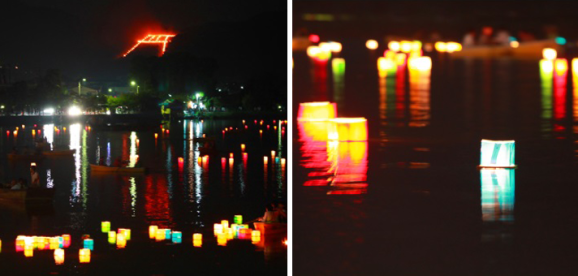

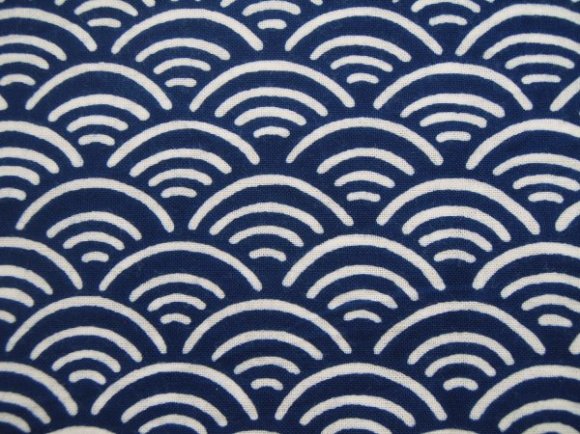

 Organizers angered as ceremonial giant kanji “fire” in Kyoto lit early and unofficially
Organizers angered as ceremonial giant kanji “fire” in Kyoto lit early and unofficially Kyoto-roasted coffee has a connection to one of the city oldest, most beautiful summer ceremonies
Kyoto-roasted coffee has a connection to one of the city oldest, most beautiful summer ceremonies What makes a good boss in Japan? Workers sound off in survey
What makes a good boss in Japan? Workers sound off in survey Old-school vending machine on Japan’s Sado Island sells bags of rare and local fruit
Old-school vending machine on Japan’s Sado Island sells bags of rare and local fruit Japan’s otoshidama tradition of giving kids money at New Year’s gets a social welfare upgrade
Japan’s otoshidama tradition of giving kids money at New Year’s gets a social welfare upgrade These creative, fanciful post boxes from Japan will delight you in so many ways【Photos】
These creative, fanciful post boxes from Japan will delight you in so many ways【Photos】 Starbucks Japan unveils new Sakura Frappuccino for cherry blossom season 2025
Starbucks Japan unveils new Sakura Frappuccino for cherry blossom season 2025 Japanese beef bowl chain Sukiya’s 2026 Smile Box lucky bag basically pays for itself
Japanese beef bowl chain Sukiya’s 2026 Smile Box lucky bag basically pays for itself Latest Japan cherry blossom forecast pushes Tokyo date back, sakura now expected first elsewhere
Latest Japan cherry blossom forecast pushes Tokyo date back, sakura now expected first elsewhere What’s it like at Samoyed Cafe Moffu Harajuku?
What’s it like at Samoyed Cafe Moffu Harajuku? New retro museum in Tokyo is like a time portal back to the Showa era【Photos】
New retro museum in Tokyo is like a time portal back to the Showa era【Photos】 Japanese restaurant chain installs tip boxes in response to foreign tourists leaving tips, sparks debate
Japanese restaurant chain installs tip boxes in response to foreign tourists leaving tips, sparks debate Starbucks Japan ready to get Year of the Horse started with adorable drinkware and plushies【Pics】
Starbucks Japan ready to get Year of the Horse started with adorable drinkware and plushies【Pics】 Hayao Miyazaki says Happy New Year to Studio Ghibli fans with new art for Year of the Horse
Hayao Miyazaki says Happy New Year to Studio Ghibli fans with new art for Year of the Horse Cup Noodle tries an authentic Jiro-style ramen, but something’s not quite right
Cup Noodle tries an authentic Jiro-style ramen, but something’s not quite right The best Starbucks Japan Frappuccinos we want to drink again in 2026
The best Starbucks Japan Frappuccinos we want to drink again in 2026 We revisited Sweets Paradise after a decade to see if Japan’s dessert buffet still delivers
We revisited Sweets Paradise after a decade to see if Japan’s dessert buffet still delivers That time Seiji called JASRAC to ask why he didn’t get paid royalties for his song being on TV
That time Seiji called JASRAC to ask why he didn’t get paid royalties for his song being on TV We found possibly the quietest Japanese-style hotel in Tokyo’s bustling Shinjuku district
We found possibly the quietest Japanese-style hotel in Tokyo’s bustling Shinjuku district Pizza Hut Japan’s hot lucky bags are perfect for a New Year’s pizza party
Pizza Hut Japan’s hot lucky bags are perfect for a New Year’s pizza party Japan’s oldest largetooth sawfish in captivity back on display in Mie Prefecture
Japan’s oldest largetooth sawfish in captivity back on display in Mie Prefecture 7-Eleven Japan starts new temporary luggage storage service in over 300 branches
7-Eleven Japan starts new temporary luggage storage service in over 300 branches Disillusionment at Tsukiji’s tourist-target prices led us to a great ramen restaurant in Tokyo
Disillusionment at Tsukiji’s tourist-target prices led us to a great ramen restaurant in Tokyo Starbucks teams up with 166-year-old Kyoto doll maker for Year of the Horse decorations【Photos】
Starbucks teams up with 166-year-old Kyoto doll maker for Year of the Horse decorations【Photos】 Tokyo considering law requiring more trash cans following litter increase in heavily touristed area
Tokyo considering law requiring more trash cans following litter increase in heavily touristed area Tokyo’s Tsukiji sushi neighborhood asks tour groups to stay away for the rest of the month
Tokyo’s Tsukiji sushi neighborhood asks tour groups to stay away for the rest of the month Tokyo event lets you travel back in time, for free, to celebrate 100 years since Showa era start
Tokyo event lets you travel back in time, for free, to celebrate 100 years since Showa era start Japan may add Japanese language proficiency, lifestyle classes to permanent foreign resident requirements
Japan may add Japanese language proficiency, lifestyle classes to permanent foreign resident requirements Sanrio theme park in Japan announces plans to expand into a Sanrio resort
Sanrio theme park in Japan announces plans to expand into a Sanrio resort Stamina-destroying “Paralysis Noodles” are Tokyo’s newest over-the-top ramen innovation
Stamina-destroying “Paralysis Noodles” are Tokyo’s newest over-the-top ramen innovation Survey asks foreign tourists what bothered them in Japan, more than half gave same answer
Survey asks foreign tourists what bothered them in Japan, more than half gave same answer Japan’s human washing machines will go on sale to general public, demos to be held in Tokyo
Japan’s human washing machines will go on sale to general public, demos to be held in Tokyo Japan’s deadliest food claims more victims, but why do people keep eating it for New Year’s?
Japan’s deadliest food claims more victims, but why do people keep eating it for New Year’s? We deeply regret going into this tunnel on our walk in the mountains of Japan
We deeply regret going into this tunnel on our walk in the mountains of Japan Studio Ghibli releases Kodama forest spirits from Princess Mononoke to light up your home
Studio Ghibli releases Kodama forest spirits from Princess Mononoke to light up your home Major Japanese hotel chain says reservations via overseas booking sites may not be valid
Major Japanese hotel chain says reservations via overseas booking sites may not be valid Put sesame oil in your coffee? Japanese maker says it’s the best way to start your day【Taste test】
Put sesame oil in your coffee? Japanese maker says it’s the best way to start your day【Taste test】 No more using real katana for tourism activities, Japan’s National Police Agency says
No more using real katana for tourism activities, Japan’s National Police Agency says Starbucks Japan reveals new sakura drinkware collection, inspired by evening cherry blossoms
Starbucks Japan reveals new sakura drinkware collection, inspired by evening cherry blossoms Updated cherry blossom forecast shows extra-long sakura season for Japan this year
Updated cherry blossom forecast shows extra-long sakura season for Japan this year
Leave a Reply